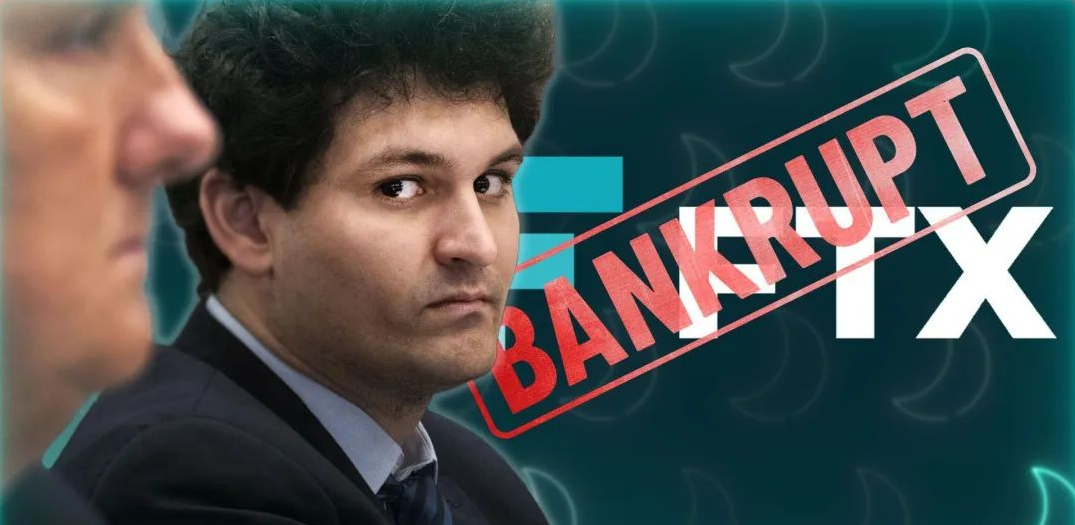How can Frax reveal the essence of LSD War through a product?
How can Frax capture the essence of LSD War in a product?Frax team is about to launch FraxETH v2. Cryptocurrency KOLs believe that this product will deconstruct the LSD track while taking reasonable economic incentives to build frxETH into an LST that extends with as few trust assumptions as possible. Their article starts by analyzing the essence of the LSD War and interpreting what kind of product FraxETH v2 has built and what its benefits are.
Essentially, the logic behind the LSD track is a lending relationship between institutions that provide verification node services, including centralized institutions like BN and Coinbase, and decentralized institutions like Lido, Rocket Pool, and Frax Finance, and users who provide ETH. Users lend money to institutions, and institutions pay interest. The interest is the profit from Ethereum collateralization, and institutions earn some commission. The LSD War is a competition among institutions for the ETH held by borrowers.
FraxETH v2 has built a lending market where the borrower is a staking node service provider, and the lender is a user who provides ETH to Frax. The borrower pays interest to the user, and the staking interest + MEV income – interest is the profit for the node service provider. Unlike the fixed commission model used in the past, FraxETH’s lending market has a dynamic interest rate. When the capital utilization rate is low, the interest rate is low, and when the capital utilization rate is high, the interest rate is high, until the profit for the node service provider is less than the interest.
- New Directions for Web3 to Take in the AI Era
- Exploring the Development Potential of Instadapp: Understanding the Mechanisms Behind Its Component Operations
- Why is DOT considered software while multiple well-known public chain tokens are recognized as securities by the SEC?
When the capital utilization rate is low, idle ETH will be sent to Curve AMO to earn DeFi profits and provide users with a powerful liquidity-supported exit channel. More importantly, in the design of FraxETH v1, sfrxETH and frxETH are dynamically balanced through staking profits and LP profits. In the v2 design, in addition to achieving decentralization and trustlessness, FraxETH v2 also promotes dynamic balance to the greatest extent possible, because its underlying logic is still the dynamic balance between Curve AMO and staking.
What are the benefits of doing this? Good money drives out bad money, and excellent node service providers can ensure maximum profit through dynamic interest rate setting. Furthermore, FraxETH v2 is decentralized and trustless, and node service providers need to stake a portion of their funds to participate in the FraxETH v2 market with a certain LTV value. At the same time, node service providers only need to provide their validator public key and set the withdrawal address to the protocol’s lending market. This fundamentally solves the problem of centralization in staking nodes.
Reference: https://twitter.com/qiaoyunzi1/status/1668536874493960192
We will continue to update Blocking; if you have any questions or suggestions, please contact us!
Was this article helpful?
93 out of 132 found this helpful
Related articles
- Former SEC official: Why is the US Department of Justice reportedly filing criminal charges against Binance?
- From Productivity Boosts to Nightmare Scenarios: 10 Areas Where Cryptocurrency and Artificial Intelligence Could Overlap
- Explaining the Maverick protocol mechanism, which entered the top five in DEX after three months of release.
- Binance US hires former chief of the US SEC enforcement division to lead defense
- Sequoia Capital leads investment, testnet goes live, Quick Guide to Taiko’s Layer2 Network Interaction
- Combining “Privacy Pools” and “Innocence Proofs”: How to effectively curb illegal activities while protecting privacy?
- ArkStream Capital: Nintendo or Steam? Analyzing the Development Path of Decentralized Gaming Platforms





